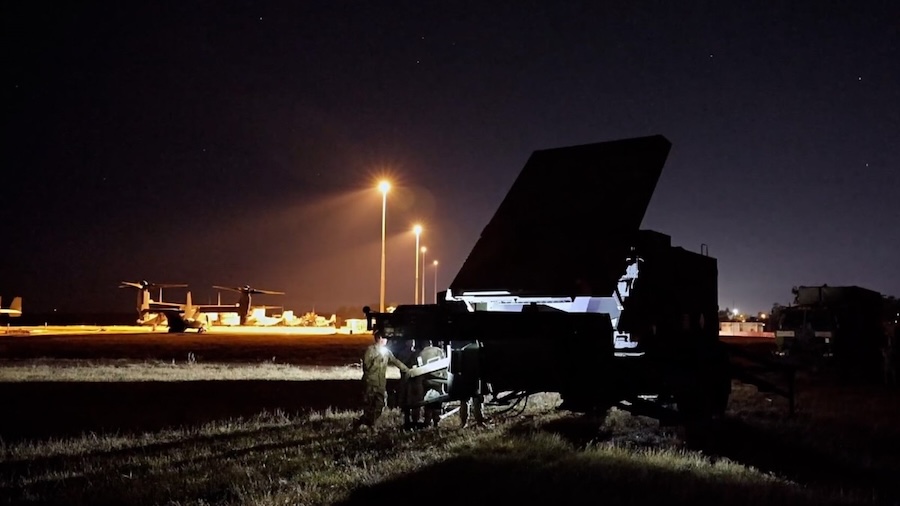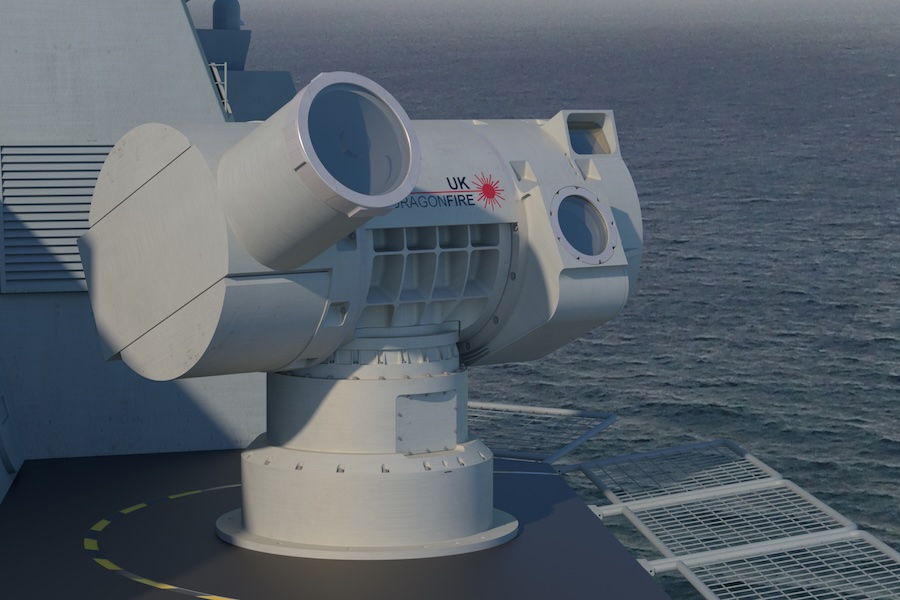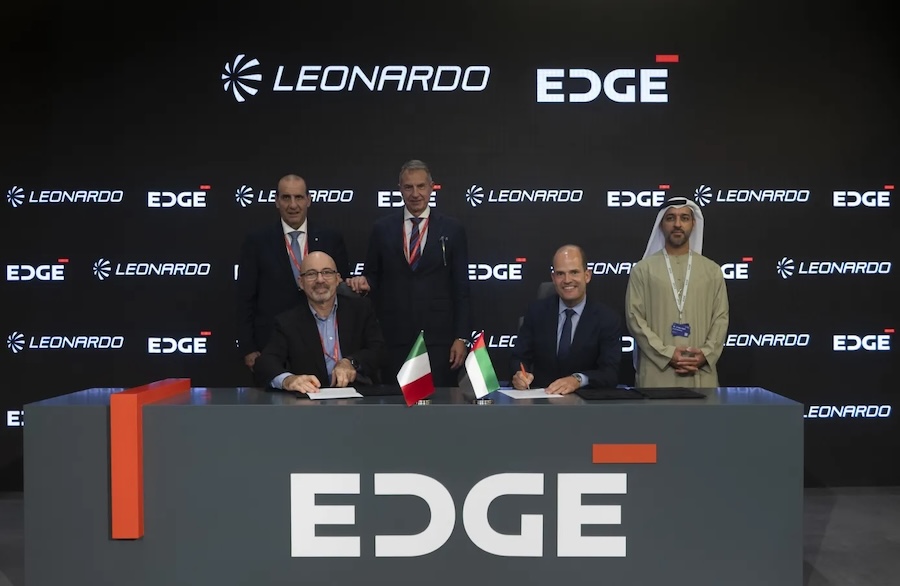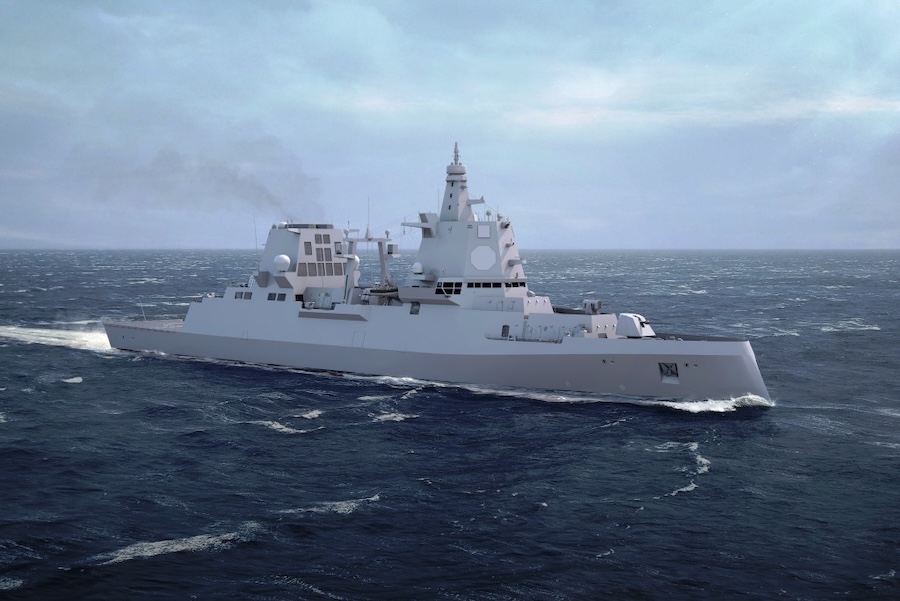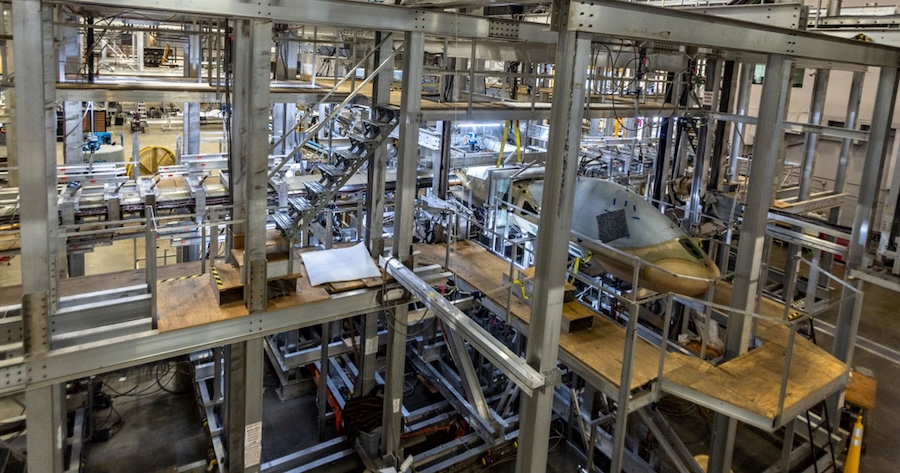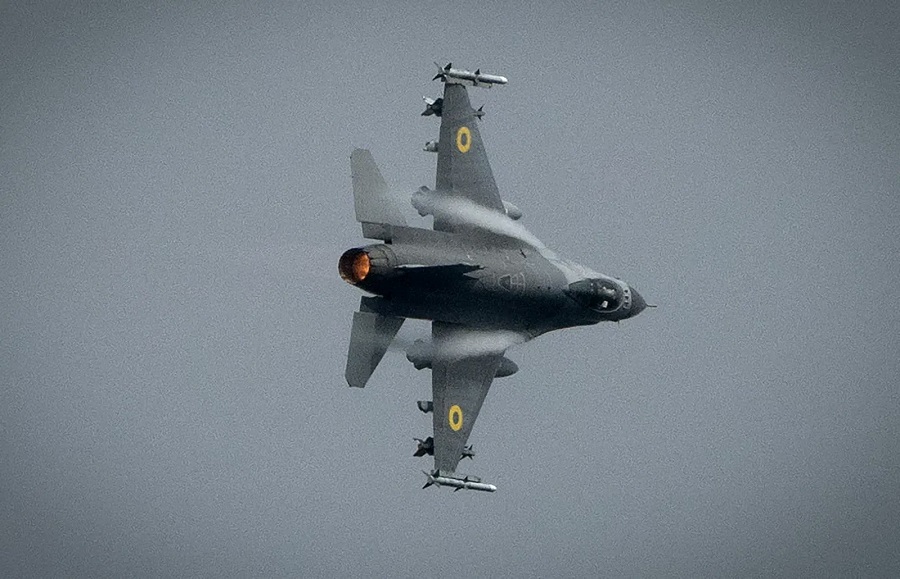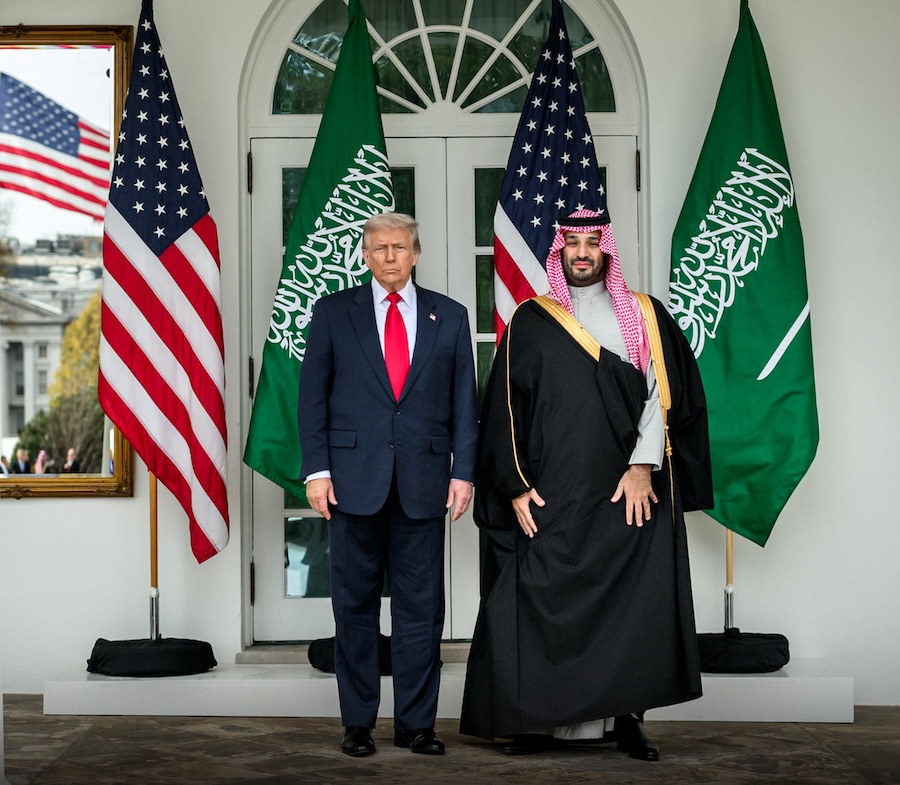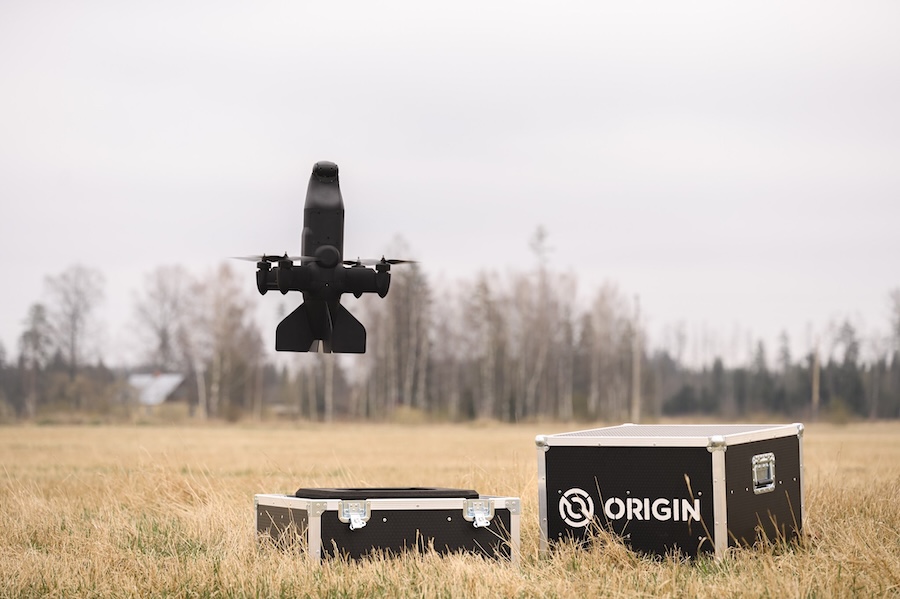The comments follow a review of the AUKUS framework launched by the U.S. Department of Defense in June, which is expected to conclude in the autumn. Navy Secretary John Phelan, who attended the meeting, stated: “What we’re really trying to do is take the original AUKUS framework and improve it for all three parties and make it better and clarify some of the ambiguity that was in the prior agreement.”
Phelan did not elaborate on the specific clarifications being made to the AUKUS framework, while Trump downplayed the adjustments, calling them “minor details.” Trump added: “There shouldn’t be any more clarifications because we’re just going now full steam ahead building.”
When asked about the progress of submarine construction, Phelan responded to Trump by saying: “We’re getting better.” Trump also acknowledged Australia’s defence spending, noting he would “always want more” but commended Canberra for investing in infrastructure to support rotational submarine forces.
Alongside the AUKUS discussions, Trump and Albanese also announced a new critical minerals agreement involving a joint $3 billion investment over the next six months, according to a White House fact sheet. The U.S. and Australia aim to strengthen cooperation in strategic resources essential to modern defence and technology.
Phelan described the U.S. and U.K. rotational submarine forces, which will be based in Western Australia from 2027, as “critical” to “our ability to project power in the Indo-Pacific.” In support of this goal, Australia last month committed $8 billion to a new shipbuilding facility in Western Australia.
Under the AUKUS plan, Australia will purchase up to five Virginia-class submarines starting in the 2030s, including one new Block VII and two Block IV boats already in U.S. Navy service. Meanwhile, Canberra continues work on developing the domestic capacity to build its own nuclear-powered submarines, with the jointly developed SSN-AUKUS class expected to enter service in the 2040s.
Despite these ambitions, U.S. Navy officials have stressed that the American shipbuilding industry must increase output to meet the demands of the AUKUS deal. To fulfil commitments, the industrial base must deliver 2.33 attack submarines annually in addition to one Columbia-class ballistic missile submarine, yet current production averages only 1.3 attack boats per year.
Source: USNI News.















